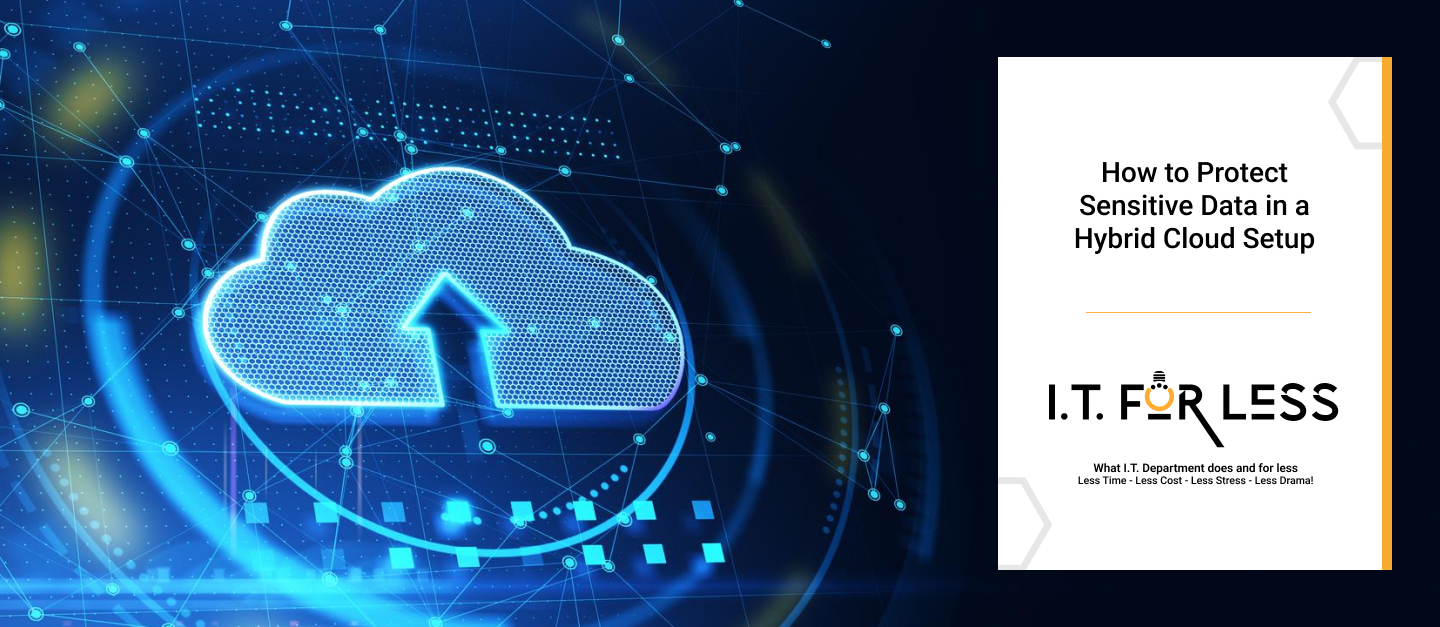For many businesses, a hybrid cloud setup—combining public and private cloud environments—offers the perfect balance of scalability, flexibility, and control. But with that flexibility comes complexity, especially when it comes to protecting sensitive data. If your organization handles financial records, customer information, or intellectual property, keeping it safe in a hybrid cloud should be a top priority.
Here’s how to safeguard your data without slowing down innovation.
1. Classify Your Data
Not all data is equal. Start by categorizing information based on sensitivity—public, internal, confidential, and highly sensitive. This ensures that your most valuable assets receive the strictest protections in your hybrid cloud environment.
2. Encrypt Data Everywhere
Encryption is non-negotiable in a hybrid setup. Secure:
- Data at rest in both public and private cloud storage.
- Data in transit moving between clouds, data centers, and users.
- Data in use with emerging technologies like confidential computing.
3. Implement Strong Identity and Access Management (IAM)
With multiple environments to manage, access control becomes even more critical. Enforce:
- Least privilege access so employees only access what they need.
- Multi-factor authentication (MFA) for all users.
- Regular audits and reviews of permissions.
4. Use Consistent Security Policies Across Environments
Inconsistent policies create gaps. Apply unified monitoring, logging, and data handling standards across both public and private cloud environments. Security tools that span hybrid setups can help ensure no blind spots.
5. Monitor and Detect Threats Proactively
Hybrid setups increase the attack surface. Use automated monitoring and threat detection tools that leverage AI to identify unusual activity before it becomes a breach.
6. Train Employees on Hybrid Cloud Risks
Human error remains a top risk factor. Provide ongoing training so staff understand how to securely access, share, and store sensitive data across different environments.
Final Thoughts
Hybrid cloud offers businesses the best of both worlds—but only if security is prioritized. By classifying data, encrypting everywhere, enforcing IAM, and applying consistent policies, you can protect sensitive information while still enjoying the agility of a hybrid model.
Partner with I.T. For Less today and take the first step toward building a hybrid cloud that’s both powerful and secure—keeping your IT flowing as effortlessly as your ambition.
